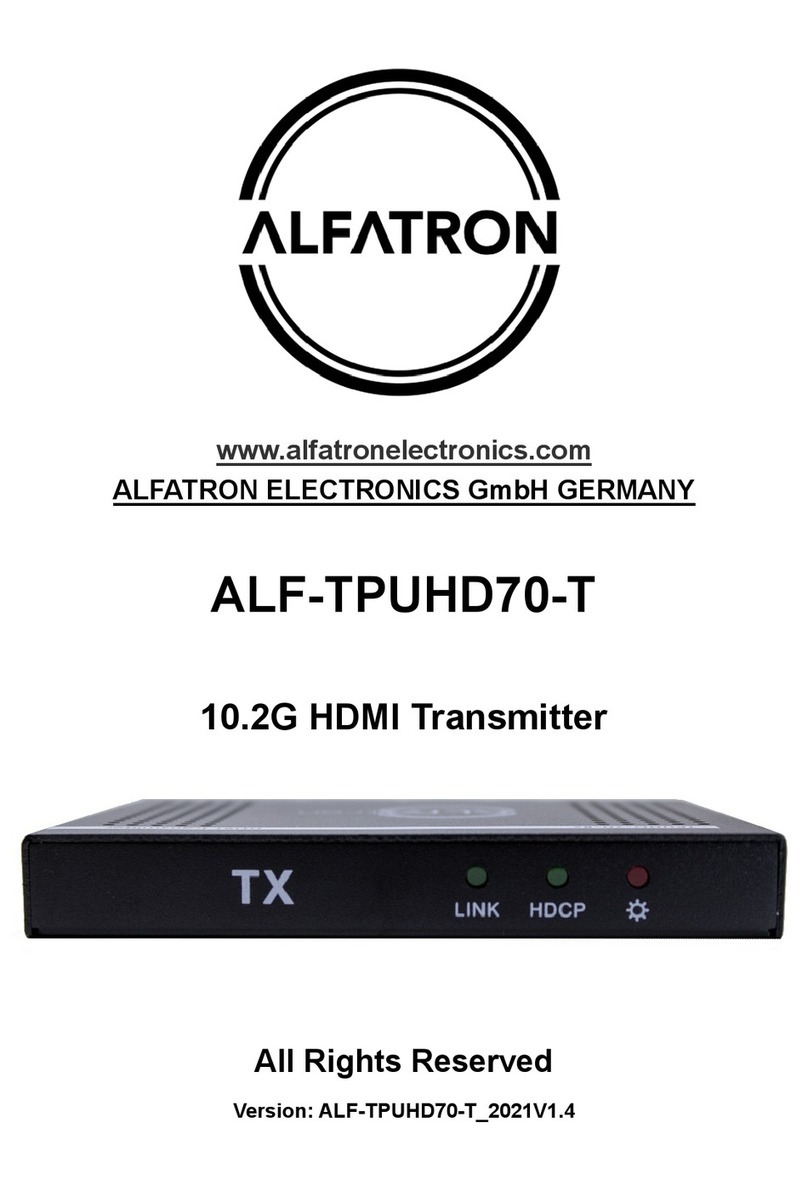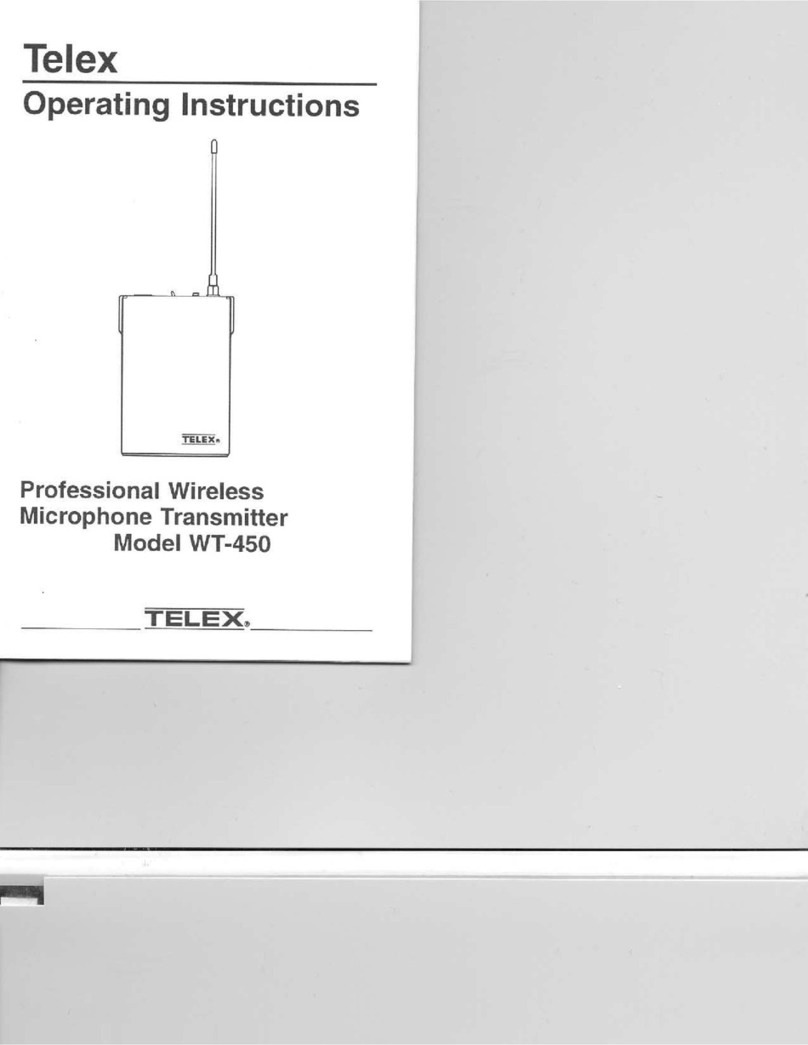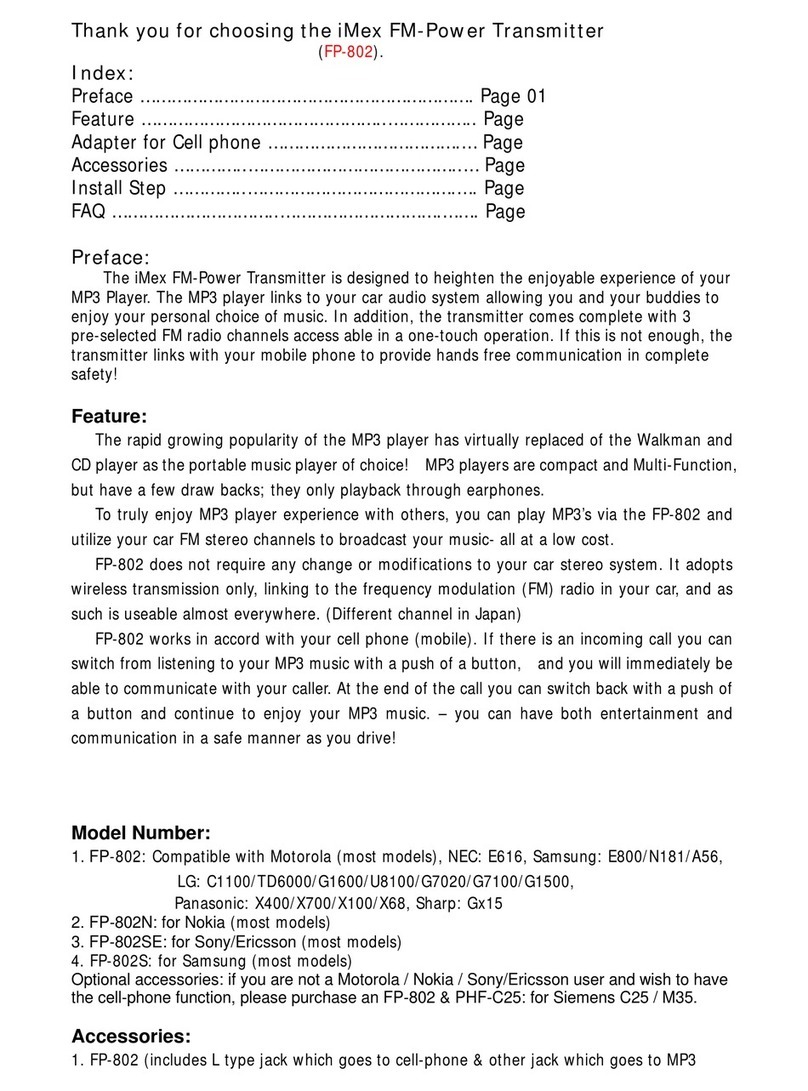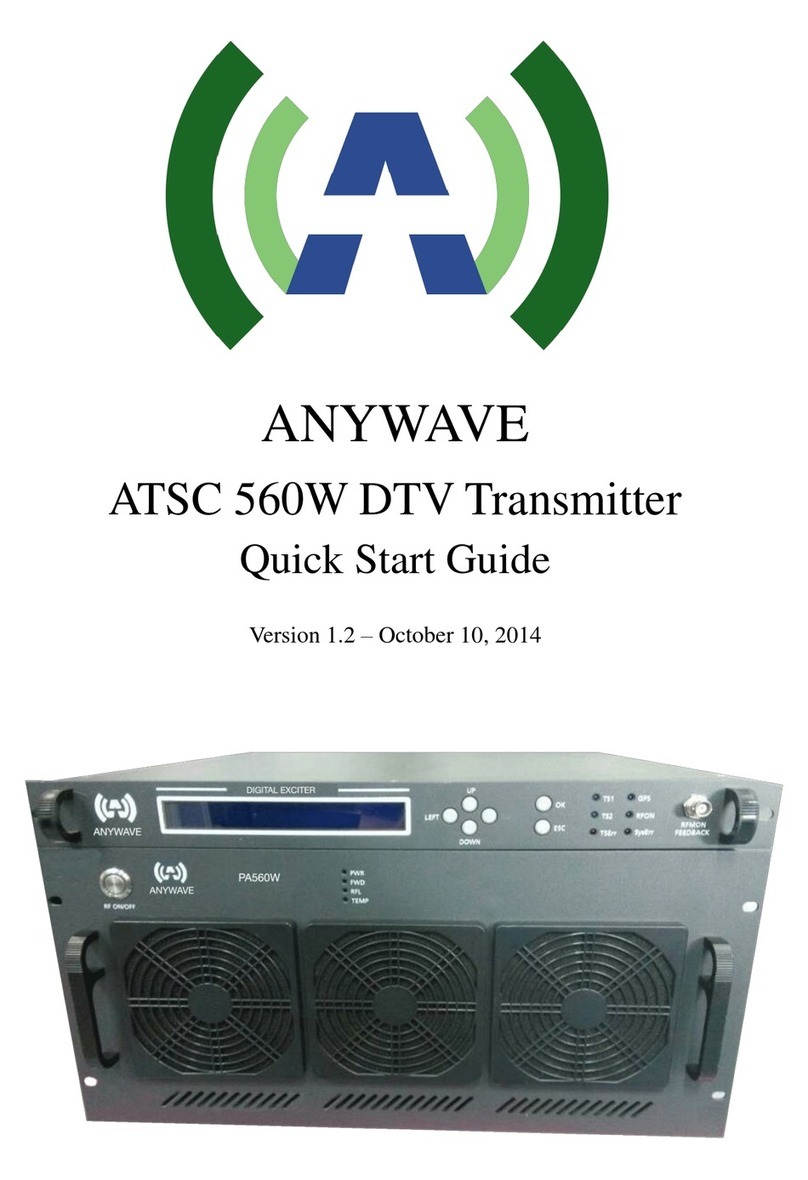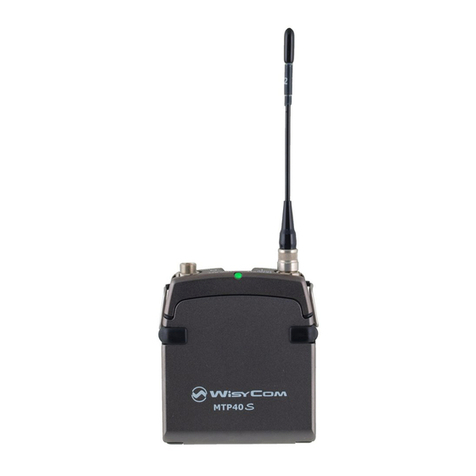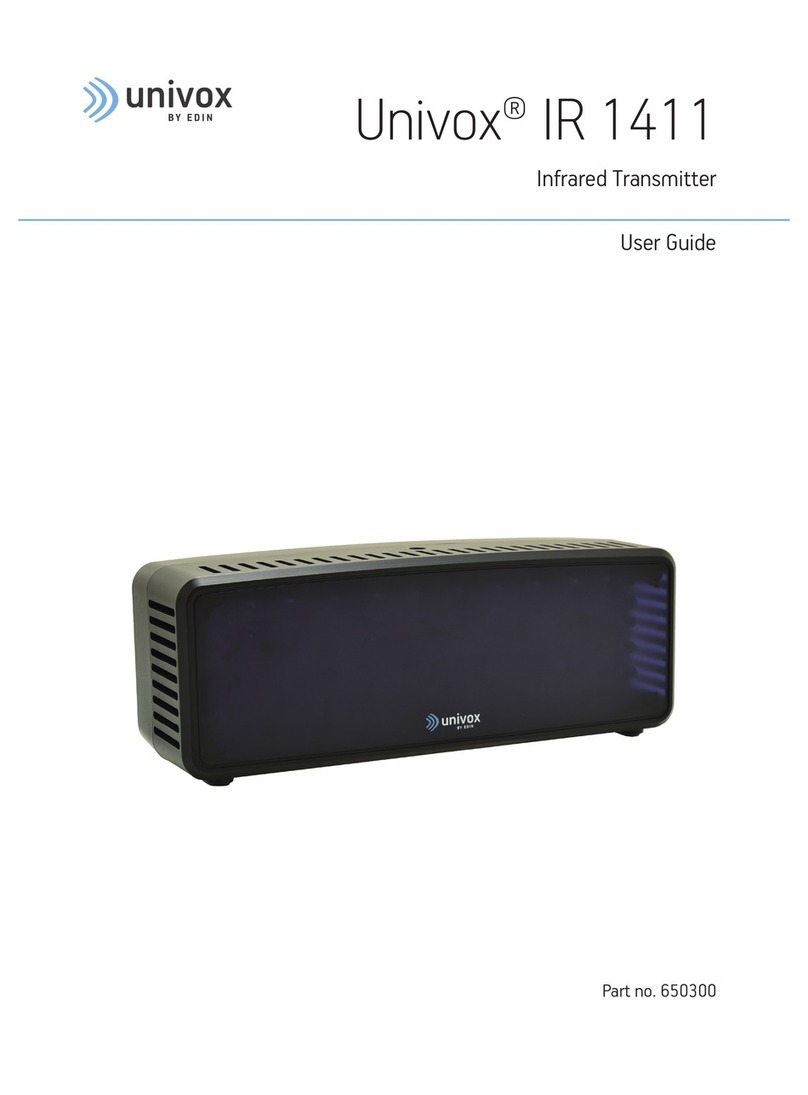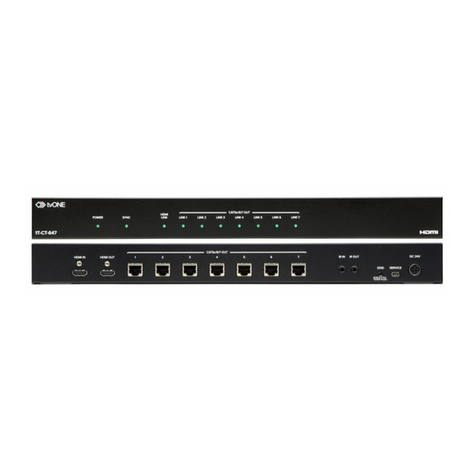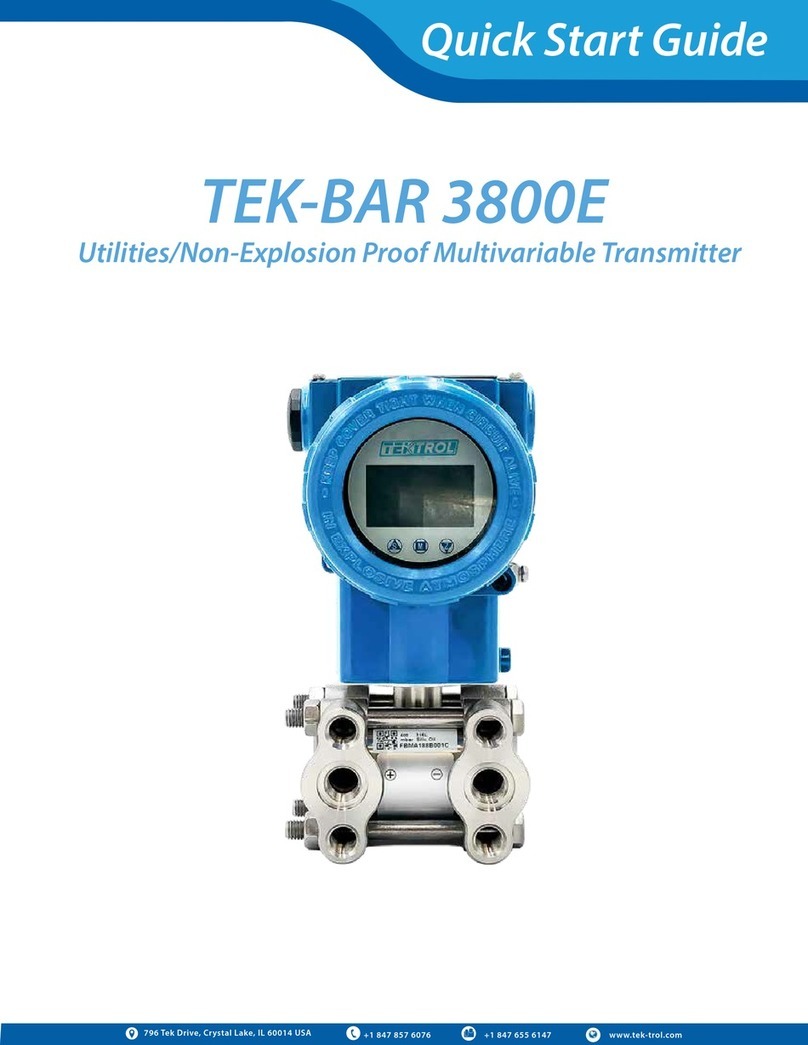Rochester Gauges 9800 Series User manual

The Measure f Excellence
Rear
View
(Typical)
Ground
Ground
SEND GND IGN
To Fused
Power Source
12 or 24 VDC
(Depending
Upon Indicator)
MS-514
formerly
DS-1718
Instructions For Installing &
roubleshooting Rochester
9800 Series Fuel Level Senders
Instructions For Installing & roubleshooting
Rochester 9800 Series Fuel Level Senders
Sender Electrical Connections
t will be nec es sary to connect one sender wire to a suit-
able grounding point. System voltage should not be
applied to sender. The voltage from fuel level indicator is
current and voltage limited, and incapable of causing
ignition of fuel vapor when sender lead wire is shorted to
ground. The other sender wire must be connected to the
“SEND” terminal of the fuel level indicator.
Wiring
1. Turn ignition switch off.
2. Using insulated 16-gauge wire, connect the ignition
terminal on the indicator to a battery positive source,
usually parallel with the ignition circuit.*
3. Using insulated 16-gauge wire connect sender to sender
terminal on a matched indicator.
4. Using insulated 16-gauge wire establish a ground
connection from sender to ground terminal on the
indicator.
5. Establish ground connection between indicator ground
terminal and ground.
*NOTE: Do not connect the indicator directly to the bat-
tery; connect through a fuse box.
Fuel Level Sender Fuel Level ndicator
Installation
op Mounted
nstall using a nitrile rubber gasket. Use # 10-24 screws
(or equivalent) to secure sender head to tank. Torque
screws to 18 in.-lbs. [2.0 N-m] torque.
Maintenance & Quality
As sur ance Considerations
Since this is not a metal to metal joint, the torque and
screw clamp load will naturally relax as the gasket
flows to a normal or prevailing torque condition.
CAU ION: Do not over-torque. Do not re-
torque. Excessive torque/or re-torqu ing may warp
or distort sender head. The gasket underneath
sender heads that are warped during installation or
re-torquing may be over-com pressed and thus, over-
stressed. Pinching or over-stressing of gaskets can
dramatically reduce their service-life and may result
in premature failure (leakage) in service.
Sender Removal Warning
Should it appear necessary, for any reason, to
remove a sender from the tank, do not attempt
removal unless under competent supervision with all
due precautions taken against the hazards of escap-
ing flammable liquid or vapor.
Bottom Mounted
A. Use mounting pad with blind holes.
B. Use mounting bolts with integral O-rings
seals under the heads.
Tank Flange Detail
CAU ION
: Read C mpletely Bef re Attempting Installati n
05/10/2016
ISO 9001:2008 CERTIFIED
1.876 [47.65]
1.063 [26.99]
.735 [18.67]
.683 [17.35]
5 TAPPED HOLES
#10-24 UNC
-.000
HOLE
INDEX (LEAD) HOLE
TYP
TYP
1.011 [25.68]
TANK MOUNTING HOLE
2.125 DIA
BOLT CIRCLE
REF
68°
TYP 2 PL
REF
REF
TYP 2 PL
72°
ø1.560 [ø39.62]
+.030

The Measure f Excellence
11616 Harry Hines Blvd. •P.O. Box 29242 •Dallas, TX 75229 •(972) 241-2161 • FAX (972) 620-3374
Website
http://www.rochestergauges.com •
E-mail
info@rochestergauges.com
Step 1.
(This usually s lves the pr blem)
Before you do anything else, check for defective wiring or grounds
as this is the most common cause of indicator system fail ures.
nspect all wiring and terminals. Also look for cor ro sion on fuel tank
ground connection.
Step 2.
f pointer in indicator does not move when ignition switch is turned
on, check to see that voltage is actually being carried from the igni-
tion switch to the GN terminal on the indicator. The voltage meas-
ured between the GN terminal of level indicator and ground should
be 12 to 24 Volts, depending upon the indicator.
The voltage measured between the SEND terminal of level indicator
and ground should always be less than 12 Volts. Also check to
assure that paint or corrosion does not prevent proper indicator
ground.
Step 3.
f the indicator reading is not accurate with tank level, use a resist-
ance substitution device to verify that the indicator resistance input
requirements are the same as the sender output resistance. The
sender and receiver must be matched to get an accurate reading.
For example: 240 OHMS at “E” and 30 OHMS at “F”.
NOTE: Model 9800 materials of construction permit use in common
fuels such as gasoline, diesel, bio-diesel as well as water.
Sender Removal Warning
Should it appear necessary, for any reason, to remove a sender
from the tank, do not attempt removal unless under competent
supervision with all due precautions taken against the hazards of
escaping flammable liquid or vapor.
WARNING: mproper sender or indicator selection or application may result in inaccurate readings. Release of tank con tents as well as
damage to equipment and safety hazard may result if tank is overfilled. Fuel exhaustion may occur if tank contents are less than indicated.
MS-514 Instructions For roubleshooting
Rochester 9800 Series Fuel Level Senders
CAU ION: Fuel level senders may be damaged and ndicators
may be damaged if 12 volt wire touches the sender terminal or if
sender wire touches GN terminal or level indicator. Voltage to
energize the sender must come through the indicator from the
terminal marked SEND, SNDR, or S.
WARNING: These instructions were prepared to assist tradesmen and others generally familiar with this type of equipment. Consumers may
not be qualified to perform installations. f you have any questions about these procedures, please contact Rochester Gauges for assistance.
There are several different styles of sending units. The differences are both external and internal. Be sure you have the correct replacement
part number before installation.
NOTE:
Materials and specifications are subject to change with out notice.
05/10/2016
Fuel Level
Indicator Reading
(At Panel)
Possible Cause
No Indication
(Pointer does not move
when power is turned on)
1. Empty fuel tank.
2. No voltage to indicator because of bro-
ken or disconnected wire or open fuse.
3. ndicator not grounded.
4. ndicator defective.
Erratic Reading 1. Loose connection.
2. Defective sender.
Inaccurate Reading 1. Defective sender.
2. ndicator incompatible with sender.
10 to 180 OHM or 0 to 90 OHM Systems & Others
With Low Resistance At Empty
Indicator reads
FULL at all times
1. Wire from sender broken.
2. Sender not properly grounded.
3. Defective sender.
Indicator reads
EMP Y at all times
Connection between sender &
indicator shorted to ground.
240 to 30 OHM Systems & Others
With High Resistance At Empty
Indicator reads
EMP Y at all times
1. Wire from sender broken.
2. Sender not properly grounded.
3. Defective sender.
Indicator reads
FULL at all times
Connection between sender &
indicator shorted to ground.
Popular Transmitter manuals by other brands
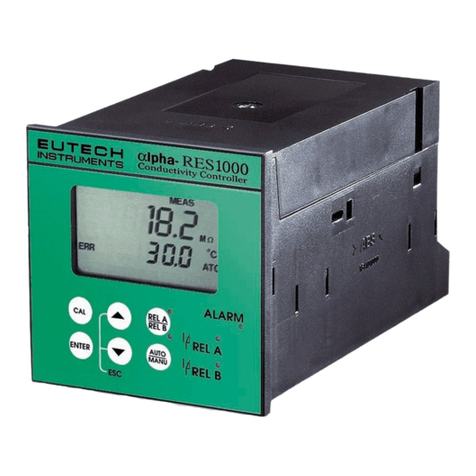
EUTECH INSTRUMENTS
EUTECH INSTRUMENTS ALPHA RES 1000 RESISTIVITY... instruction manual

Evikon
Evikon PluraSens E2658 Series user manual

Voyager
Voyager WVOS2TX Installation and operation manual
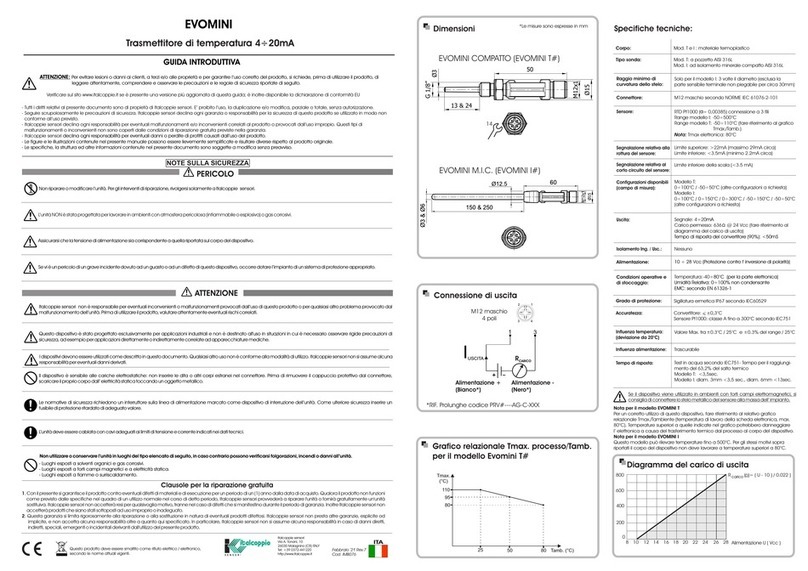
ITALCOPPIE SENSORI
ITALCOPPIE SENSORI EVOMINI quick start guide
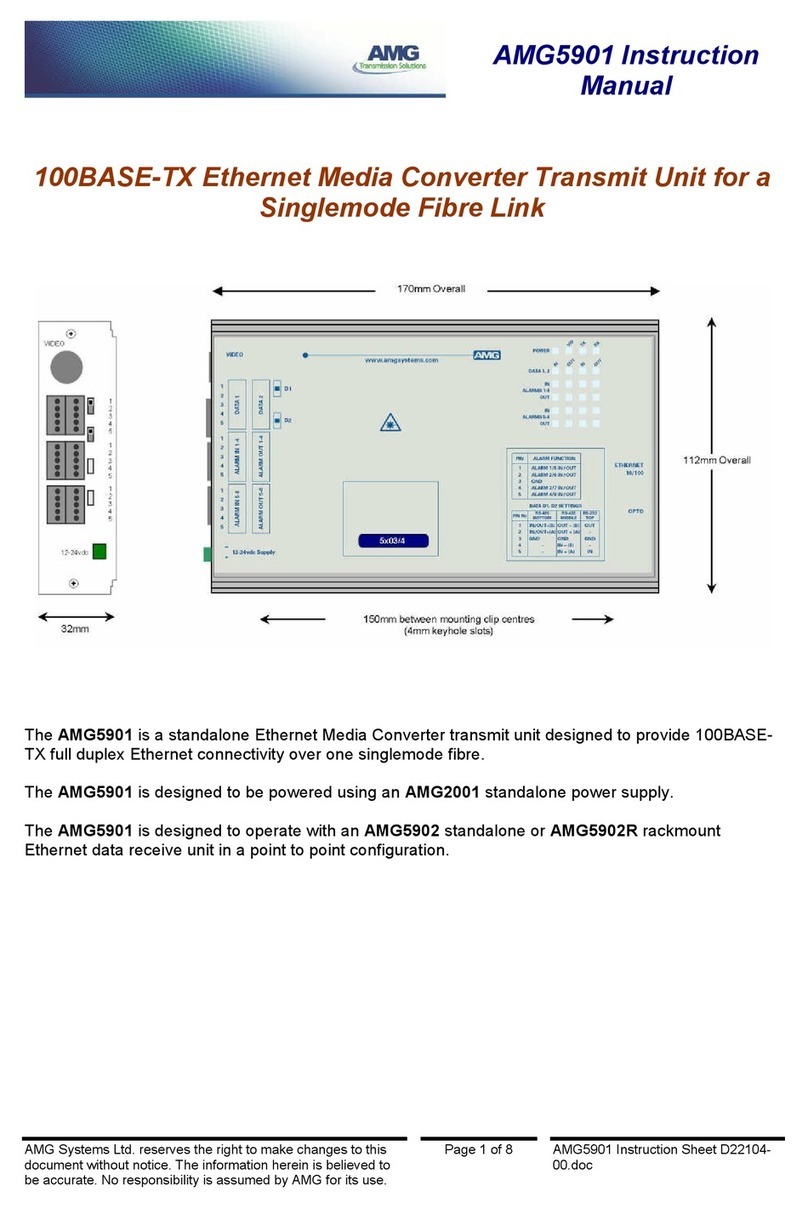
AMG
AMG AMG5901 instruction manual

MJK
MJK Expert 1400 manual
